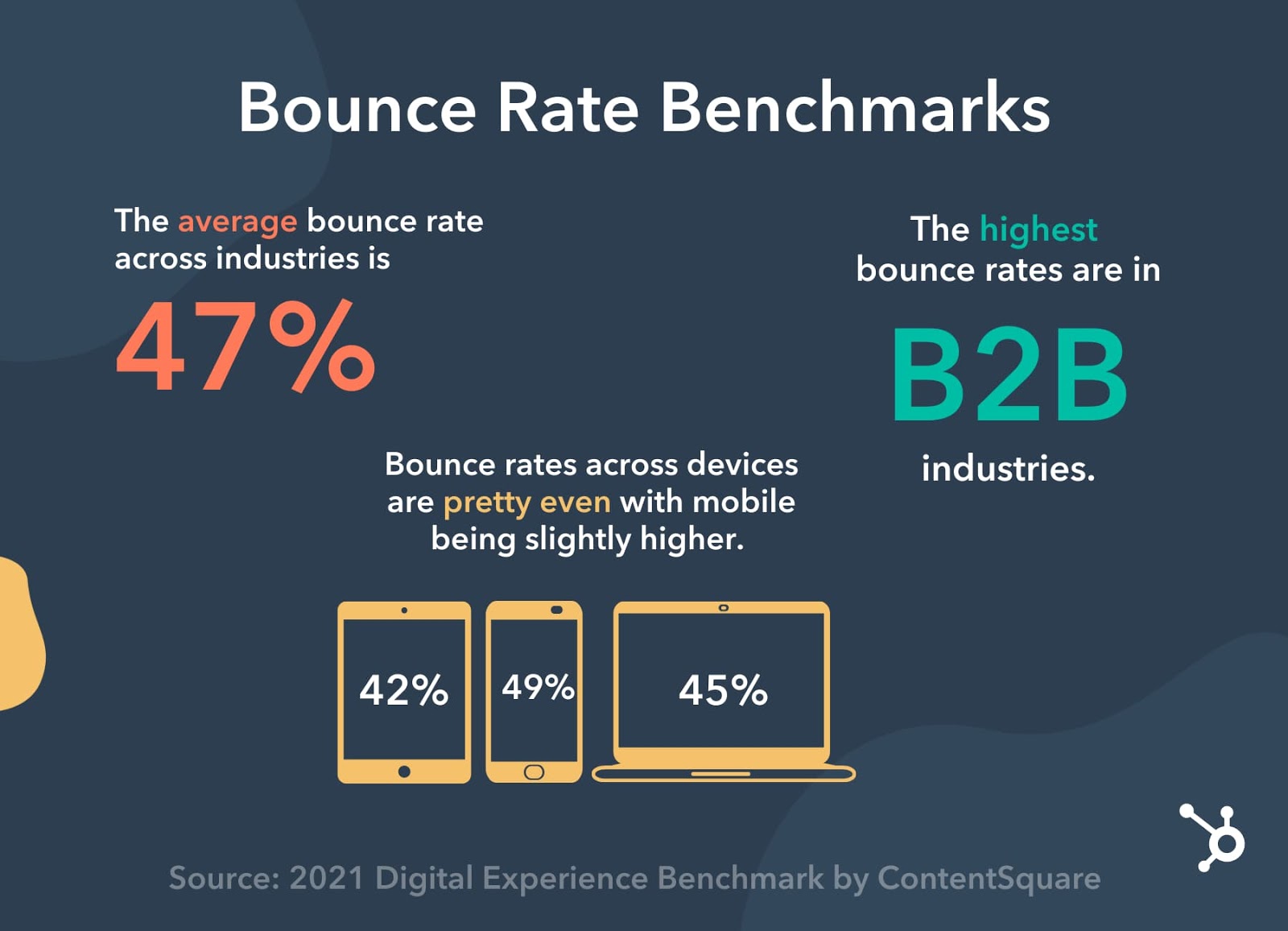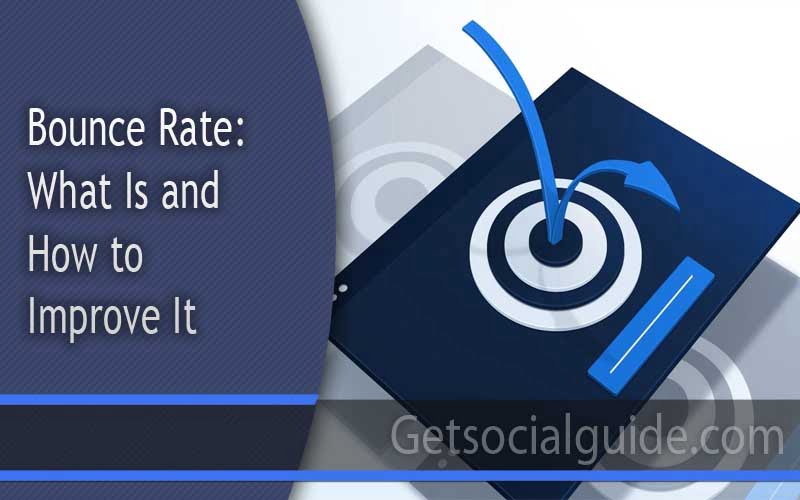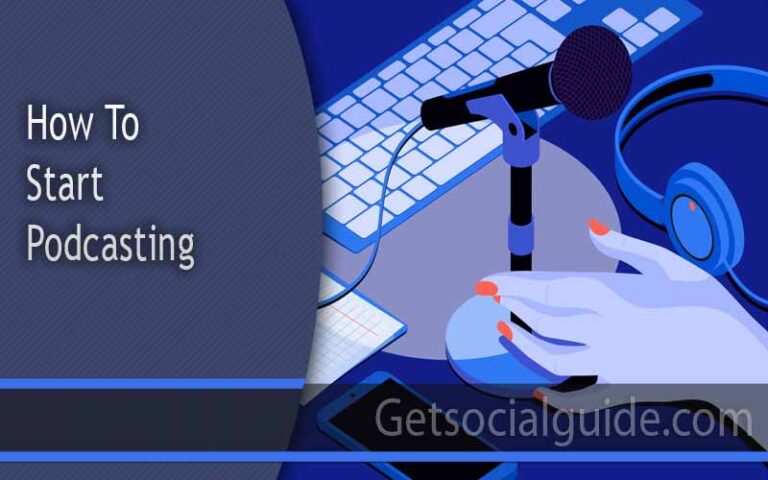Bounce Rate: What Is and How to Improve It
If you are running a website, you must be aware of the term “Bounce Rate”. It is an important metric that shows the percentage of visitors who leave your website after visiting only one page. In simple words, it measures the engagement level of your website visitors.
A high bounce rate is not a good sign for any website. It means that the visitors are not finding what they are looking for on your website or they are not interested in exploring your website further. A high bounce rate can negatively impact your website’s SEO, as search engines consider it as an indication of poor user experience.
So, what is a good bounce rate? Well, there is no specific number that can be considered as a good bounce rate. It depends on various factors such as the type of website, the industry, and the type of content. However, as a general rule, a bounce rate of less than 50% is considered good, while a bounce rate of more than 70% is considered high.

Why Reduce the Bounce Rate?
In the previous section, we learned that visitors who leave your website without engaging in any way represent a lost opportunity. For digital marketing, it’s crucial to focus on engagement rather than just raw numbers. Even if your website gets a million visits a day, it won’t matter if none of those visits lead to a conversion.
Optimizing your website’s bounce rate is essential because it helps you make the most of your budget and resources. Companies that excel in the digital field don’t necessarily have more money to invest, but they’re able to convert more visitors into customers.
When you create an excellent first impression on your website, visitors are more likely to stay and explore your brand, content, and offerings. Every page they visit on your website is a step closer to a conversion. Additionally, visitors who spend more time on your website are more likely to return in the future. They develop a habit of visiting your site, which can lead to increased sales, brand recognition, and loyalty.
By implementing a good strategy to reduce your website’s bounce rate, you can improve your conversion rates without increasing your digital marketing budget. It’s a simple yet effective way to expand your reach and attract new customers.
What is a Good Bounce Rate?
There is no universal benchmark that every business should aim for when trying to lower their bounce rate. A bounce rate of 75% may be perfectly acceptable for one company, while another may find it unacceptable.
The ideal bounce rate depends on various factors, including your business goals, industry, and niche. However, as a starting point, a bounce rate of 70-80% should raise concerns unless there is a valid explanation for it. On average, a bounce rate of 50-70% is considered normal, while a rate of 30-50% is excellent.
Furthermore, what’s considered a good or bad bounce rate can vary depending on the type of website or landing page. For instance, a single call-to-action landing page may have an average bounce rate of up to 90%. In contrast, a service site, portal, or similar may have an average bounce rate of 10-30%.
Tips to Reduce Bounce Rate in Your Website
Now that we know what bounce rate is and why it is important, let’s discuss some tips on how to improve it.
- Improve your website’s loading speed One of the main reasons for a high bounce rate is a slow-loading website. Visitors tend to leave a website if it takes more than a few seconds to load. To improve your website’s loading speed, you can compress images, minify CSS and JavaScript files, and use a content delivery network (CDN).
- Make your website mobile-friendly More and more people are using their mobile devices to browse the internet. If your website is not mobile-friendly, visitors will have a hard time navigating it and may leave without exploring it further. Make sure your website is responsive and optimized for mobile devices.
- Improve your website’s design and navigation A cluttered and confusing website design can also contribute to a high bounce rate. Make sure your website has a clean and professional design, easy-to-use navigation, and clear calls-to-action (CTAs).
- Provide high-quality and relevant content Visitors come to your website looking for specific information. If your website does not provide them with the information they are looking for, they will leave without exploring it further. Make sure your website has high-quality and relevant content that answers the visitors’ queries.
- Use internal linking Internal linking is the practice of linking to other pages on your website. It not only helps visitors navigate your website but also keeps them engaged by providing them with more relevant information. It also helps search engines crawl your website and understand its structure.
- Use videos and images Videos and images can make your website more engaging and attractive. They can also help visitors understand complex topics more easily. Make sure the videos and images you use are relevant and of high quality.
- Optimize your website for search engines Finally, make sure your website is optimized for search engines. Use relevant keywords in your content, meta descriptions, and title tags. Make sure your website’s structure is easy to crawl and index.

Conclusion
In conclusion, a high bounce rate can negatively impact your website’s SEO and user experience. To improve your website’s bounce rate, focus on improving your website’s loading speed, making it mobile-friendly, improving its design and navigation, providing high-quality and relevant content, using internal linking, using videos and images, and optimizing it for search engines. By implementing these tips, you can keep visitors engaged and improve your website’s overall performance.



